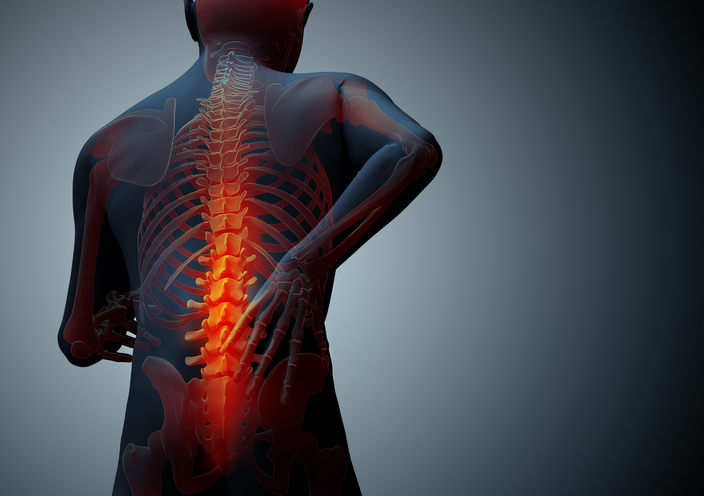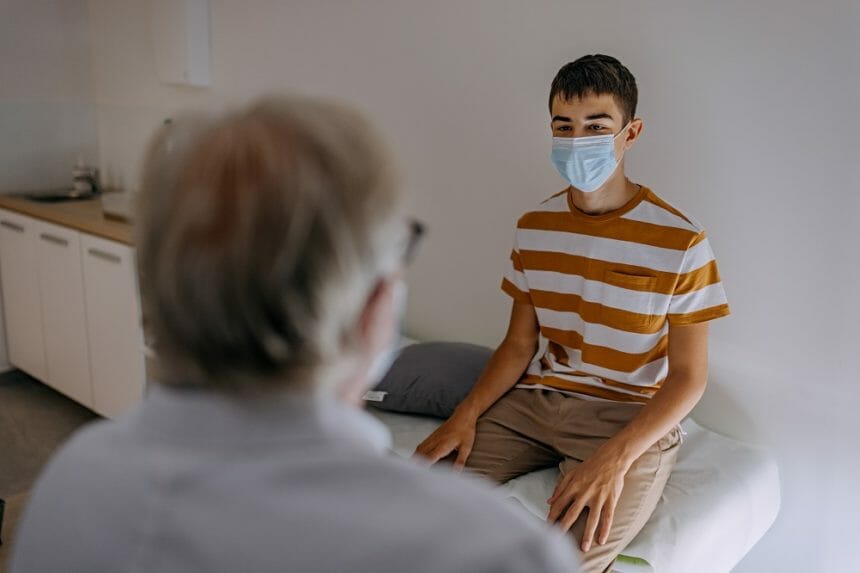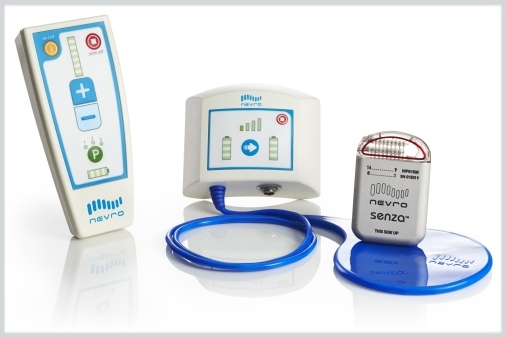The first physical and psychosocial profiles for pediatric patients and young adults experiencing chronic back pain were published in the European Journal of Pain.
Between 2016 and 2017, researchers enrolled 198 children and adolescents aged 10 to 21 years with chronic back pain from outpatient clinics at McGill University in Canada. A cross-sectional study with a cluster analysis was performed using demographic and clinical characteristics to identify heterogeneous subgroups among the patient population.
Patients were 81.8% girls or women, had a mean age of 15.69±2.25 years, 90.4% were White, 85.9% were enrolled from spine and orthopedic outpatient clinics, 72.2% had been experiencing pain for over 12 months, 65.2% experienced daily pain, 54.6% self-reported mild to severe functional disability, 27.8% thought their pain was neuropathic, 25.8% reported pain radiating down their legs, 72.7% reported poor sleep quality, and 7.6% had clinically relevant symptoms of anxiety and depression.
In a principal component (PC) analysis, the 5 PCs with eigenvalues over 1 accounted for 59.2% of the variance in patient features. PC1 accounted for psychosocial factors, PC2 for pressure pain and heat tolerance thresholds, PC4 for mechanical detection threshold, and PC5 for conditioned pain modulation efficiency. PC3 did not have a single variable loading.
Hierarchical clustering stratified patients into adaptive (44.9%), pain-sensitive (35.9%), and high somatic symptom (19.2%) clusters. Patients in the adaptive cluster had low PC1 values (t, 5.77; P <.001) and high PC2 values (t, 5.43; P <.001), those in the pain-sensitive cluster had low PC2 values (t, 7.54; P <.001), and the high somatic symptom cluster associated with high PC1 values (t, 11.54; P <.001).
The groups differed significantly for recruitment location (χ2, 16.75; P <.001), pain radiating down legs (χ2, 18.0; P <.001), mean numerical rating scale scores at all evaluated locations (χ2 range, 7.64-19.97; all P ≤.022), and pain frequency (χ2, 13.71; P =.008). In addition, the clusters differed significantly for all psychosocial and psychophysical components, with the exception of mechanical detection threshold and conditioned pain modulation.
This study may have been biased by not including a group of healthy control participants.
“To our current knowledge, this study is the first to conduct cluster analysis with youth experiencing chronic back pain and displays clinical profiles based on specific physical and psychosocial characteristics,” the study authors noted. “This study highlights that in a clinical context, chronic pain assessment should include multiple elements contributing to pain which can be assessed in a clinical context and addressed when pathoanatomical symptoms are unidentifiable.”
Reference
Ocay DD, Loewen A, Premachandran S, et al. Psychosocial and psychophysical assessment in pediatric patients and young adults with chronic back pain: a cluster analysis. Eur J Pain. Published online January 28, 2022. doi:10.1002/ejp.1912






